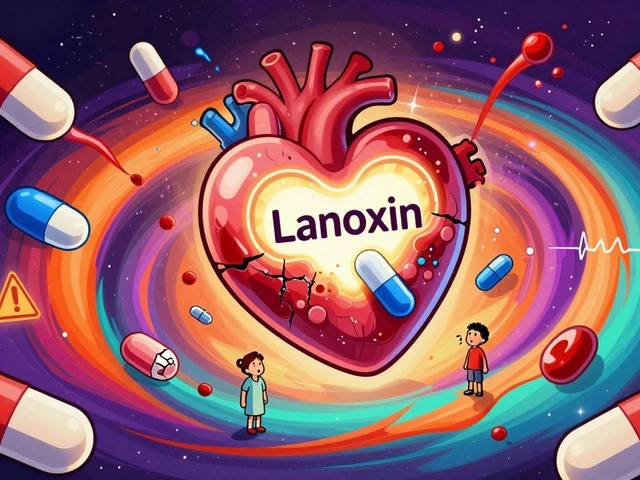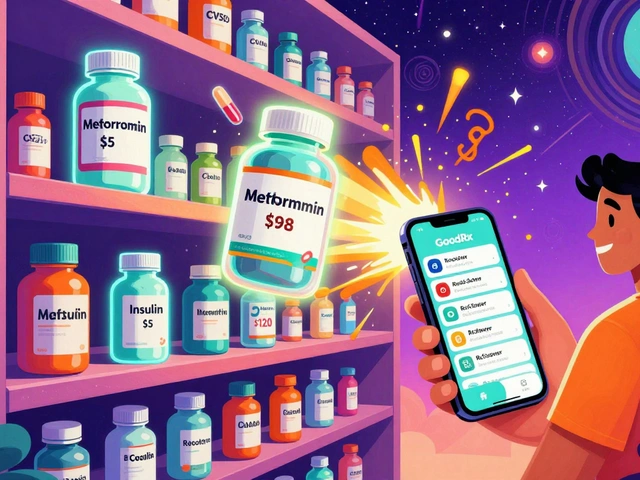Anal Fissure: What You Need to Know
When dealing with anal fissure, a small tear in the lining of the anus that causes sharp pain and bleeding during bowel movements, the first reaction is often alarm. Also called anal tear, it isn’t a sign of something dangerous, but it can be painfully stubborn. The core issue is a disruption of the mucosal layer, which normally protects the sensitive tissue. Anything that stretches or irritates that layer – hard stools, prolonged diarrhea, or even childbirth – can trigger the tear. Once the fissure forms, the body’s natural response is to spasm the anal sphincter, which reduces blood flow and slows healing. That’s why you feel intense pain right after you go to the bathroom and notice bright red spotting on the tissue.
Understanding the related factors helps you choose the right approach. Topical nitroglycerin, a prescription ointment that relaxes the sphincter muscle and improves blood flow is a first‑line medical option for many chronic cases. It works by counteracting the muscle spasm that keeps the fissure from closing. Another popular intervention is botulinum toxin, injected into the sphincter to temporarily paralyze it and allow the tear to heal. Both therapies target the same underlying problem: excessive sphincter tone. For people who prefer non‑drug measures, a daily sitz bath, warm water immersion for 10‑15 minutes eases pain, reduces spasm, and keeps the area clean. Adding a fiber supplement or stool softener to your diet minimizes straining, which is the most common trigger.
Key Treatment Options and When to Consider Surgery
If the fissure is acute – meaning it appeared less than six weeks ago – simple lifestyle changes often suffice. Increase fluid intake, eat more whole grains, and use over‑the‑counter stool softeners until your stools are soft and regular. Pair that with a warm sitz bath after each bowel movement and a gentle topical anesthetic for pain relief. Most people see improvement within a week or two. When the fissure becomes chronic – persisting beyond six weeks despite conservative care – the risk of complications rises. Chronic fissures can develop a sentinel pile (a skin tag) or a hypertrophied anal papilla, both of which can bleed and cause itching. At that point, doctors usually recommend a prescription of topical nitroglycerin or a botulinum toxin injection. If those measures fail after a few months, surgical options such as a lateral internal sphincterotomy become viable. The procedure cuts a small portion of the sphincter muscle, permanently reducing tension and allowing the tear to heal. While surgery carries the usual risks of infection and temporary incontinence, the success rate for well‑selected patients exceeds 90%. People with underlying inflammatory conditions, especially Crohn’s disease, a chronic bowel inflammation that can affect any part of the gastrointestinal tract, need extra monitoring. In these cases, a fissure may heal slowly or recur, and treatment must address both the fissure and the systemic disease. anal fissure management is a step‑by‑step process: start with diet, hydration, and sitz baths, then move to prescription ointments or injections, and finally consider surgery if healing stalls. Below you’ll find detailed articles that walk you through each of these strategies, explain how to choose the right medication, and give you practical tips for a pain‑free recovery.
Anal Itching and Anal Fissures: Causes, Connection & Relief
Explore how anal itching and anal fissures are linked, uncover causes, symptoms, treatment options, and prevention tips to find lasting comfort.





